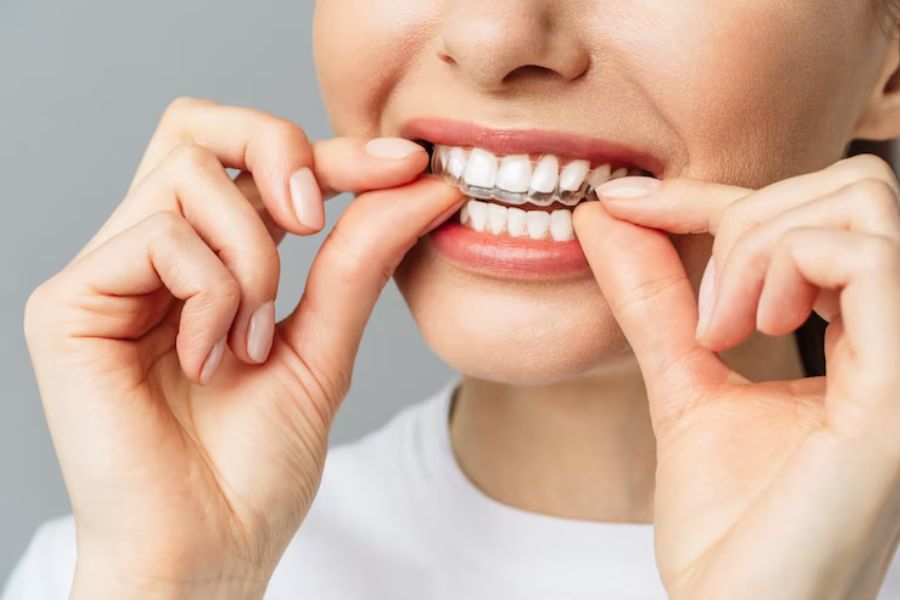Orthodontics has come a long way since its inception, with advances in technology drastically changing the materials used for braces. This blog post delves into the history and progression of braces from their early metallic forms to the current ceramic alternatives.
The Dawn of Orthodontics: All-Metal Braces
Orthodontic treatment started with heavy and conspicuous metal braces. These initial versions were effective but often caused discomfort and lacked aesthetic appeal. Despite these drawbacks, metal braces were revolutionary and marked the inception of modern orthodontics.
Stainless Steel Takes Over
In the mid-20th century, stainless steel became the material of choice for braces. This change offered several advantages, including greater strength, lower cost, and increased patient comfort.
A Cosmetic Revolution: Ceramic Braces Emerge
As orthodontic technology evolved, so did the desire for more discreet treatment options. This led to the invention of ceramic braces in the 1980s. Ceramic braces offer the same functionality as traditional metal braces but are far less noticeable, as they blend with the natural color of teeth.
Advanced Ceramics: Enhancing Aesthetics and Durability
Ceramic technology has also improved over the years. Modern ceramics are stronger, less prone to staining, and even more inconspicuous than their earlier versions.
Performance and Durability
While both types of braces are effective in treating malocclusions, metal braces are generally more durable, while ceramic braces are less noticeable.
Cost Considerations
Ceramic braces tend to be more expensive than traditional metal braces due to the cost of materials and the technology involved. However, many patients are willing to pay the higher cost for the benefit of a more discreet treatment.
Clear Aligners: A Paradigm Shift
The invention of clear aligners like Invisalign has pushed orthodontics into a new era. These virtually invisible aligners are gaining popularity due to their aesthetics, comfort, and removability.
Innovations on the Horizon
The future of orthodontics holds exciting possibilities, with ongoing research in materials like smart wires and 3D-printed braces, designed to make treatments more efficient and patient-friendly.
Conclusion
The transformation of braces from conspicuous metal to nearly invisible ceramic and clear aligners is a testament to the immense progress in orthodontics. This journey reflects the continuous striving for better patient comfort, aesthetics, and treatment effectiveness. As we move forward, it’s exciting to see what the next chapter in orthodontic evolution will bring.

